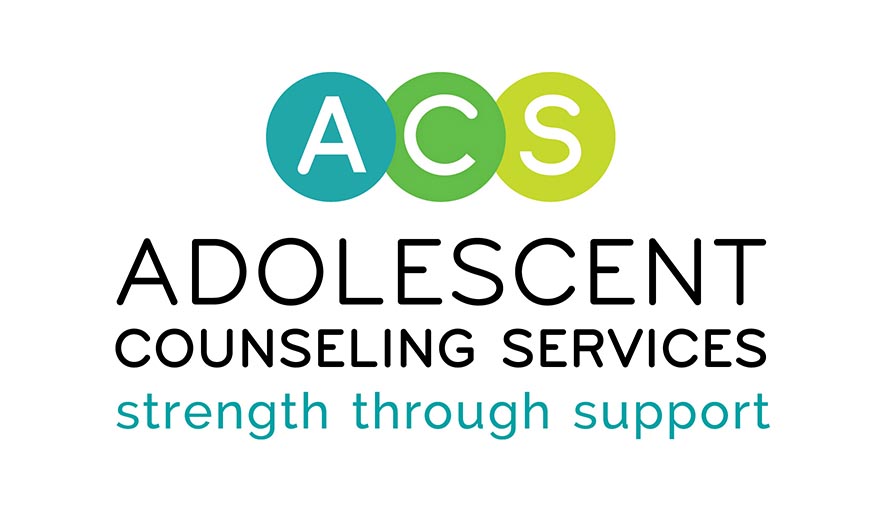Eating Disorders (Part 1)
It is common for adolescents to be concerned about how they look. They commonly feel self-conscious about their weight as their bodies are changing and they are face new social pressures, such as physical attraction to peers.Unfortunately, for a growing number of teens, that concern grows into an unhealthy fixation that causes weight fluctuation, interferes with normal teen life, and impacts body functioning.
Eating disorders develop for many different reasons. Some may have experienced teasing by peers or family members because of their weight, others may strive to compete with media images of supermodels and celebrities, still others develop an eating disorder as a way to gain some control over an otherwise chaotic environment. Some teens may also use food as a comfort when difficult feelings emerge. Whatever the reason for the onset of an eating disorder, once a pattern of unhealthy eating and negative body image has developed, it can be very difficult to reverse.
Eating disorders can come in a few different forms. The first is Anorexia Nervosa, a disorder in which people will restrict their food intake and fail to maintain a weight which is normal for their height and weight. They also intensely fear weight gain. Another is Bulimia Nervosa, a disorder in which a person will eat large quantities of food and then vomit, fast, or use some other behavior to compensate. Still another is Binge eating disorder, a disorder in which a person will consume large quantities of food without any compensatory behavior.
On Monday, we’ll look at symptoms of these disorders, what to do in response, and what not to do.
Commentary by Laurie Linscheid, MFT
